SUMMARY
145. Now let us take the verb see and name all the time forms which we can describe with the changes in the verb forms which we have learned to make and also with the verb phrases which we can construct with the help of the verbs, be, have, shall and will.
First, we want to express the present, what is happening now, and we want to put it in both the active and passive forms, so we say:
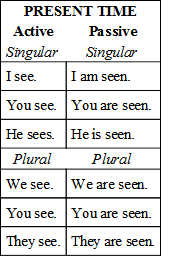
Note that the only change in the verb form in the present ACTIVE is the s-form for the third person singular. In the present passive the only change is the special form of the verb be for the first and third persons, singular.
When we want to tell what occurred yesterday or some time in the past, stated in the active and passive form, we say:
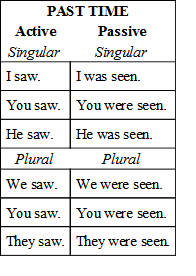
We have one other division of time which we must express—the future. Primitive man doubtless lived principally in the present, but with the development of memory and the means of recording events by a written language, he was able to make the deeds and achievements of the past a vital part of his life. But not until the faculty of thinking developed was the mind able to project itself into the future and make tomorrow the hope of today. Future time expresses hope, desire, growth.
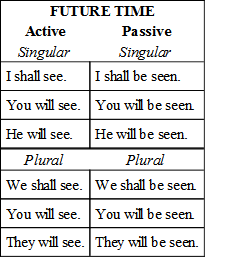
Then you remember we had to devise a way of describing an action perfected or completed at the present or at some time in the past or at some time in the future—so we have present perfect, past perfect and future perfect.
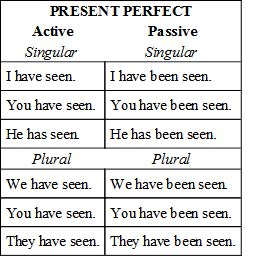
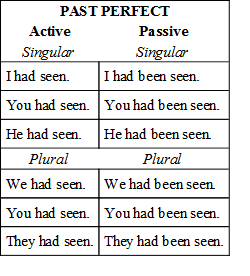
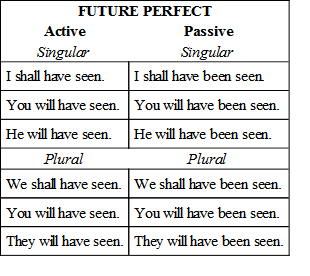
146. But these are not all the phases of time which we can express. We have progressive, continuous action. So each of these six time forms has a progressive form.
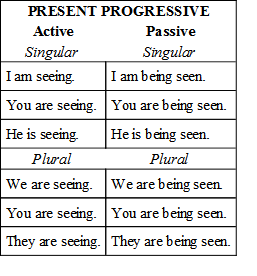
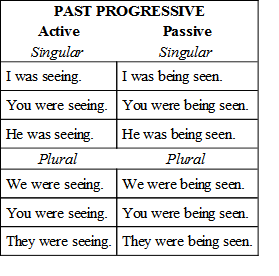
Only the Present and Past Progressive forms have a passive form. The rest of the Progressive forms are expressed in the active forms only.
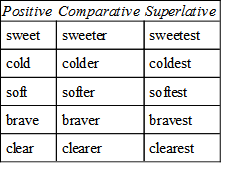
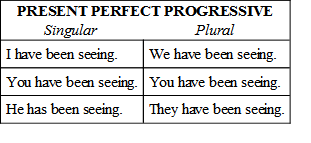
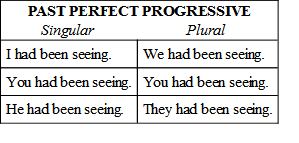
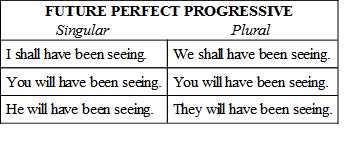
Более 800 000 книг и аудиокниг! 📚
Получи 2 месяца Литрес Подписки в подарок и наслаждайся неограниченным чтением
ПОЛУЧИТЬ ПОДАРОКДанный текст является ознакомительным фрагментом.